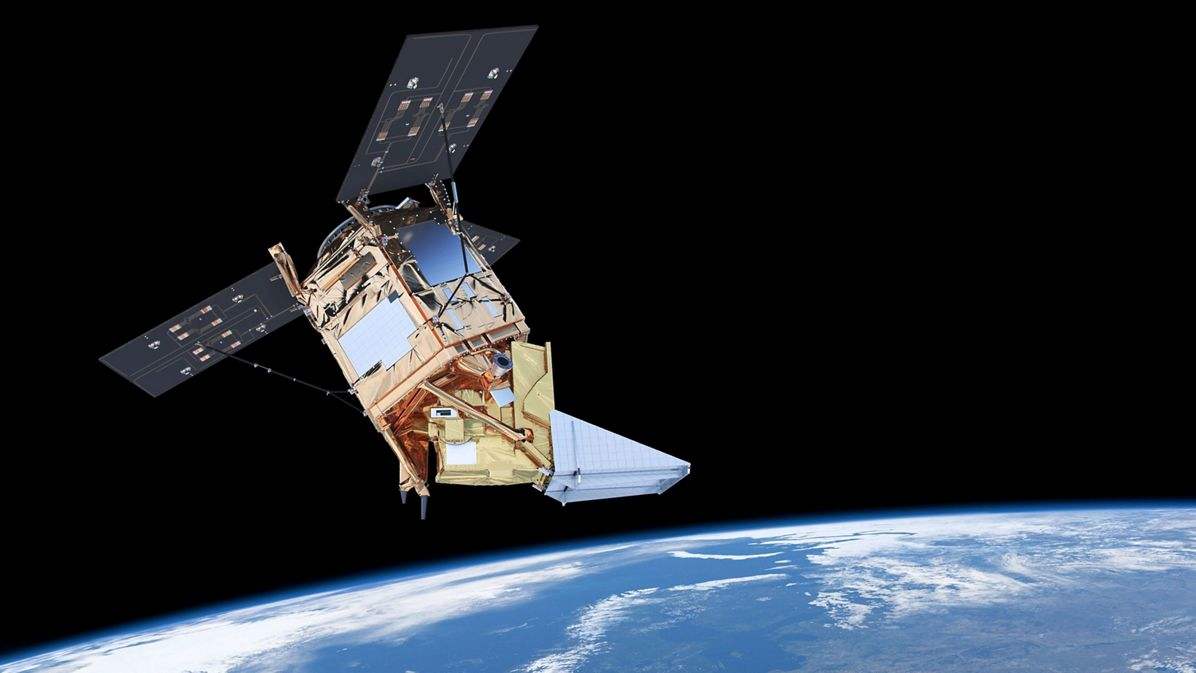Europe’s pollution monitoring satellite, Sentinel-5 Precursor, is on its way to the Plesetsk Cosmodrome in Russia for launch on 9th October.
Europe’s pollution monitoring satellite Sentinel-5 Precursor has left Airbus’ Stevenage site in England and is on its way to the launch site, the Plesetsk Cosmodrome in Russia. Lift-off is currently planned on 9th October on a Rockot launcher.
The five-day journey will start with a flight to Moscow aboard an Antonov 124, followed by another flight to Archangelsk in the northwest of Russia. The last leg of the journey will be a train ride taking the satellite 200km south of Archangelsk to the Russian spaceport of Plesetsk which it is expected to reach on 2nd September.
Sentinel-5P is part of the “Copernicus” global monitoring programme, a joint European Commission/European Space Agency (ESA) undertaking which aims to acquire continuous and accurate Earth observation data and provide services to improve the management of the environment, understand and mitigate the effects of climate change and ensure civil security.
The satellite carries the state-of-the-art Tropomi instrument to map a multitude of trace gases such as nitrogen dioxide, ozone, formaldehyde, sulphur dioxide, methane, carbon monoxide and aerosols. With a swath width of 2600 km, it will map the entire planet every day. Information from the mission will be used through the Copernicus Atmosphere Monitoring Service for air quality forecasts and for decision-making.
The Precursor mission is intended to provide data continuity for the SCIAMACHY instrument aboard the Envisat satellite and NASA's OMI instrument aboard the Aura satellite in the interim between the end of the Envisat and Aura missions and the entry into service of the Sentinel-5 instrument 2021 on the MetOp Second Generation satellite.
With no other missions capable of obtaining the data acquired by SCIAMACHY and OMI, Sentinel-5P fills what would be a five-year gap until the launch of Sentinel-5.
Airbus was prime for Sentinel-5P, with three sites involved in development and manufacturing of the satellites and its components: Stevenage (UK - prime), Toulouse (France) and Friedrichshafen (Germany). The Tropomi instrument was built by Airbus Netherlands.

